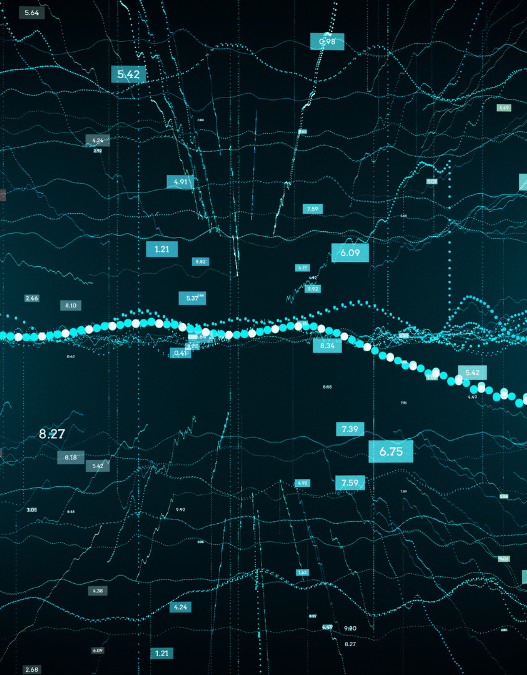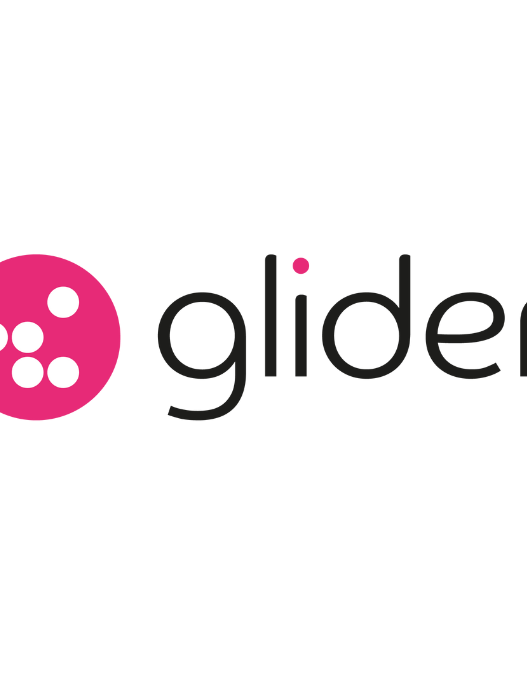By Shashin Mishra
Vice President of EMEA at AiDash
As we live in an era of growing environmental challenges, cutting-edge solutions such as artificial intelligence (AI) are changing the way we address these issues. AI has enormous potential to advance sustainable development, especially in achieving the Biodiversity Net Gain (BNG) target, which requires development to leave the environment in a better state than before.
Given the scale of net biodiversity gains that need to be achieved, AI will be a critical ally for policymakers. By leveraging vast amounts of remote sensing data and satellite imagery, and deploying advanced algorithms, AI can provide unprecedented insights into habitat health, biodiversity assessments, and ecosystem restoration strategies.
Understanding Biodiversity Net Gain (BNG)
As the UK continues to implement Biodiversity Net Gain (BNG) as a key policy under the Environment Act 2021, developers and landowners are faced with the challenge of incorporating environmental priorities into development projects. The goal of BNG is to ensure that new development leaves the natural environment measurably better than before the project began. BNG is essential to reverse biodiversity loss, but the complexities of planning, assessing and monitoring biodiversity outcomes often pose significant challenges for developers, ecologists and Local Planning Authorities (LPAs).
The role of AI in achieving BNG
AI has already proven its value in a variety of environmental domains, and its application to BNG is becoming increasingly evident: from data collection to monitoring to compliance, AI can revolutionize key stages of the BNG process, making them more efficient and accurate.
1. Data collection using AI
A fundamental aspect of achieving the BNG is to carry out accurate baseline biodiversity assessments of development sites. These assessments determine the existing quality and quantity of habitats, which then form the basis for calculating biodiversity units based on tools such as the Department for Environment, Food and Rural Affairs' Statutory Biodiversity Indicators.
Traditional surveys often require teams of ecologists to manually collect data across vast or inaccessible areas, which is time-consuming and labor-intensive. This process is slow, labor-intensive, costly, and prone to human error. However, AI technologies are transforming the field by improving the speed, accuracy, and scope of data collection.
AI-Powered Remote Sensing and Satellite Data for BNG
While remote sensing and satellite data have become essential tools for environmental monitoring, AI is the catalyst that will enhance their potential in BNG initiatives. Through machine learning (ML) algorithms, AI can analyze massive data sets from satellites, drones, and ground sensors in ways never before possible for human analysts.
One of the key benefits of integrating AI and remote sensing is the ability to perform continuous, large-scale habitat monitoring. This means that AI models can track changes in biodiversity and ecosystems over time and pinpoint specific areas experiencing degradation, habitat loss, or positive growth due to conservation efforts. For example, AI can process multispectral imagery to distinguish between different land cover types and detect subtle changes in vegetation, water quality, and soil composition that are important for BNG planning.
2. Habitat mapping, classification, and condition assessment using AI
One of the biggest challenges in the field of biodiversity is accurate mapping and assessment of habitats. Traditionally, habitat surveys have relied heavily on in-person field visits, which are time-consuming, resource-intensive, and often limited by human error. AI offers a fast and scalable solution for habitat mapping, classification, and condition assessment, which is the foundation for realizing BNG.
Habitat mapping and classification
AI can be used to analyze a variety of data sources, including satellite imagery, LiDAR, hyperspectral imagery, and drone footage, to classify and map habitats with high accuracy. Machine learning models trained on large datasets can rapidly identify different habitat types, such as wetlands, grasslands, and forests, at a detailed level. These AI-driven classifications can greatly improve our understanding of the extent and condition of habitats in both urban and rural landscapes.
This detailed and large-scale habitat classification capability is important when designing a BNG strategy. To ensure accuracy and reliability of habitat assessments, it is necessary to understand the key parameters of image quality and why they are important.
Recent dated imagery – Having imagery with a clear and recent date stamp is crucial. This ensures that data reflects the current state of the habitat and is useful for analysis and decision making. High resolution – High resolution imagery is essential for detailed habitat mapping. This level of detail allows habitat boundaries to be accurately delineated and key features to be identified, minimizing errors and improving the overall quality of the assessment. Accurate location – Accurately located imagery is essential for accurate habitat mapping and an effective Biodiversity Net Gain (BNG) strategy. This ensures that habitat boundaries are correctly mapped and errors and overlaps are minimized.
Accurate data helps identify subtle differences and seasonal shifts and ensures reliable habitat assessments. This precision supports informed decision-making and effective tracking of ecological change.
Condition Assessment: Rivers, Habitats, and Ecosystems
Beyond mapping, AI plays a key role in habitat condition assessment, a key requirement for BNG metrics. Whether assessing forest health, biodiversity within grasslands, or the condition of rivers and streams, AI can process and analyze large datasets to monitor key ecological indicators such as vegetation health, species diversity, and water quality.
For example, AI can be used to analyze imagery and sensor data to assess the physical and ecological condition of the river. This ongoing monitoring can help determine whether restoration efforts are effective and whether the river system is having a positive impact on BNG's broader goals.
3. AI for the calculation of the biodiversity net gains index
A key part of the BNG process is calculating biodiversity units using tools such as the Department for Environment, Food and Rural Affairs' Statutory Biodiversity Indicators, which consider factors such as habitat size, condition, specificity and connectivity to quantify biodiversity loss and gain.
AI can help optimize these calculations by automating data entry, improving accuracy, and ensuring compliance with BNG regulations.
4. AI in Surveillance and Compliance
Achieving BNG is not a one-and-done task but a long-term effort, and biodiversity gains need to be maintained and monitored for at least 30 years. Ensuring that habitats created or restored as part of a BNG plan are thriving over time can be a complex and resource-intensive process. AI offers great potential to automate and improve this monitoring process.
AI-enabled tools can continuously monitor changes in biodiversity across a site using data collected from remote sensors, satellites, and drones. AI algorithms can assess habitat health and detect early signs of degradation, such as the introduction of invasive species, habitat fragmentation, and declining species populations. This allows for real-time response to issues that could jeopardize the project's BNG outcomes.
Call to action: AI as a game changer for sustainability
As we move towards a future where sustainable development and biodiversity conservation go hand in hand, AI has the potential to revolutionize how BNG achieves its goals, benefiting both humans and nature.





















